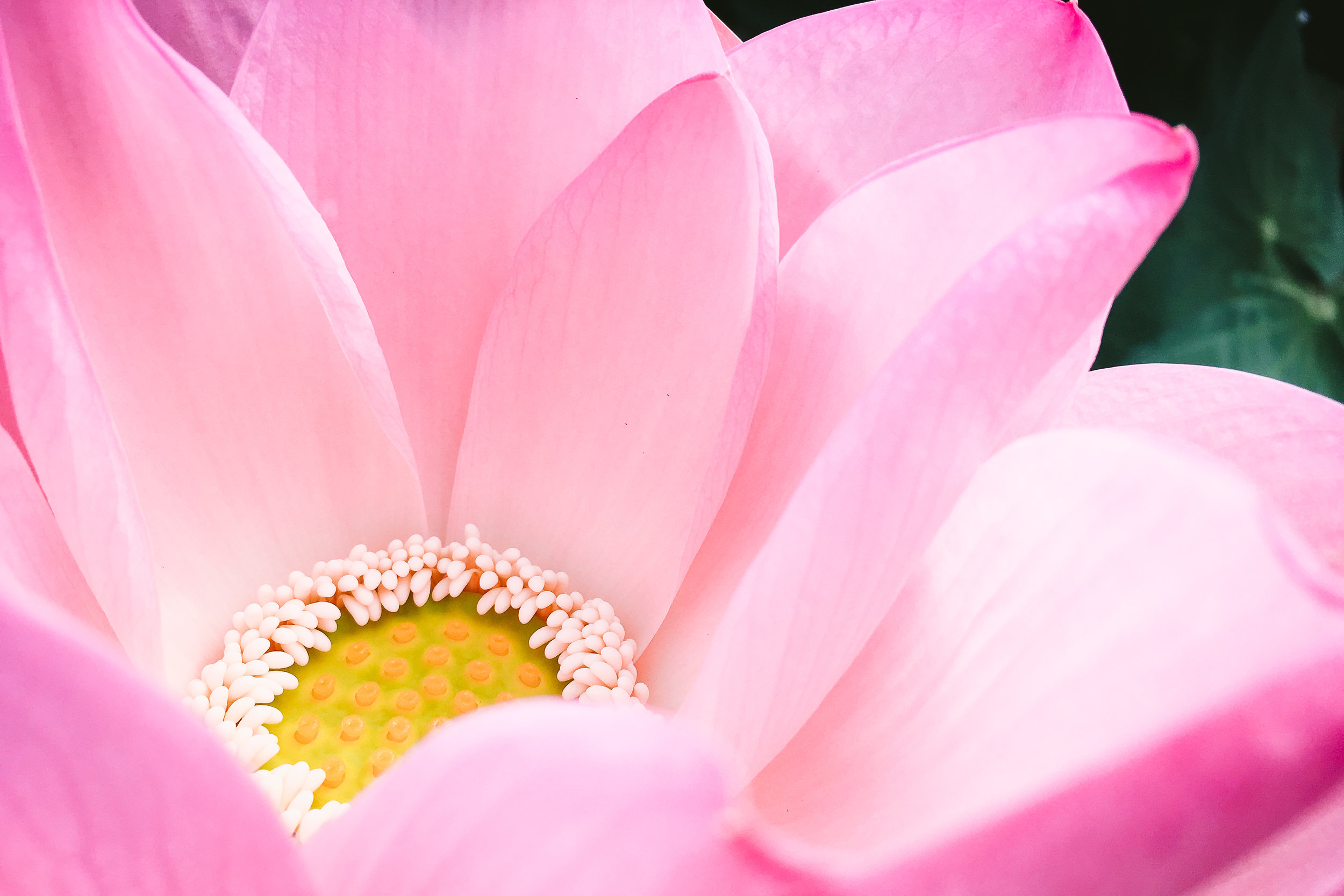7 Eco-Innovations for a Sustainable Fashion Industry
/#GOGREEN
By: Mandy Law
Did you know that textile is one of the most polluting industries in the world? It may be difficult to understand why, when that outfit you recently bought was simply nice. As with many industries today, environmental sustainability has become a big priority which has led to new innovations – more eco-friendly innovations. With resource-intensive fibers like cotton and the oil-intensive ones such as polyester, acrylic and nylon; entrepreneurs, designers and businesses have started looking for more sustainable alternatives. And so have consumers.
Here we have collected some out-of-the-box innovations in materials that can hopefully change and revolutionize – or at least improve – the fashion industry. These fibers and materials are overall more sustainable, eco-friendly, responsible alternatives to the ones we most commonly see today.
Coffee
If you thought that you couldn’t love coffee more, you were wrong! After you’ve ground and drunk your coffee, you can actually utilize the leftover coffee grounds; which is exactly what a particular Taiwanese company has done. The usually thrown out coffee ground can serve as a raw material for coffee ground fibre, which when processed with polymer, can be spun into yarn! This fibre-making process requires less energy, thus making it more earth-friendly when compared to traditional, conventional fabrics. The resulting yarn is multi-functional and can be used for sports and outdoor wear which is not surprising since big names such as Puma, North Face and Timberland are already using.
Lotus
Lotus fibers have been used for centuries in countries like Thailand and Myanmar. Due to its luxurious feel of silk and raw linen and the time it takes to hand spin and weave, it is used only to make special garments. The manufacturing process is lengthy and complicated (and most likely pricey), which is probably why those in the Western world haven’t jumped on this material; with its lightweight, soft, silky and breathable qualities.
Pineapple Leaves
Who would have thought you could make vegan leather! Piñatex is a natural, sustainably-sourced, cruelty-free material. From the leftover leaves from pineapple trees, you can make a bio-degradable, fossil fuel free leather alternative. It is also strong, lightweight and easy to print and stitch. Fibers are extracted from the leaves and then turned into textile. The fibers then go through an industrial process to become a non-woven textile, which is the base of Piñatex. Another amazing aspect about this innovative material is that it has a closed loop production. Apparently, the biomass created during the process can be converted into organic fertilizer! Meaning that it goes back into the ground, thereby closing the loop.
Eucalyptus Trees
A yarn made from sustainably sourced eucalyptus trees has been launched by a knitting company called ‘Wool & the Gang’. This yarn is 100% vegan, made from renewable energy and free from harmful chemicals. This is a form lyocell which means the fibre is manufactured from wood pulp and the processes are closed loop. After the fibers are harvested, they’re pulped and turned into yarn.
Banana Stems
Another tropical fruit that has multiple purposes is the banana, or more specifically the stems of the banana tree. Banana fibre is said to be one of the world’s strongest natural fibers and is durable and biodegradable. The fabric is soft and supple and tend to have shine to them, which has been compared to silk. Thus, making banana fibre a good sustainable alternative. It can also be used to make different textiles of different weight and thicknesses, making it a very versatile, product.
Cork Leather
Unlike other leather alternatives that are usually made from plastics, cork leather does not need hundreds of years to degrade. As a matter of fact, cork has many amazing features. This material is derived from the cork oak tree bark; making it 100% sustainable, eco-friendly, natural and not to mention, fashionable. Cork is a good sustainable alternative in bags, accessories and footwear. Cork leather is also waterproof, light-weight, tear resistant and comes in different colors and patterns. It also feels amazing!
Bamboo
Bamboo is a very sustainable crop which also grows really fast, making bamboo lyocell a good sustainable option. But note the asterisk; since the most common bamboo fabric available at the moment is bamboo viscose, it is best to avoid it. This is because making viscose still uses harmful solvents and chemicals. That being said, there is definitely a lot of potential in bamboo material innovation in the future, as it is a great renewable resource for making textiles.
So there you have it! Some eco-friendly alternatives that can change and revolutionize the fashion industry and your wardrobe, in which high-quality products meet sustainability.
Have you discovered another material worth mentioning? Please comment below!








